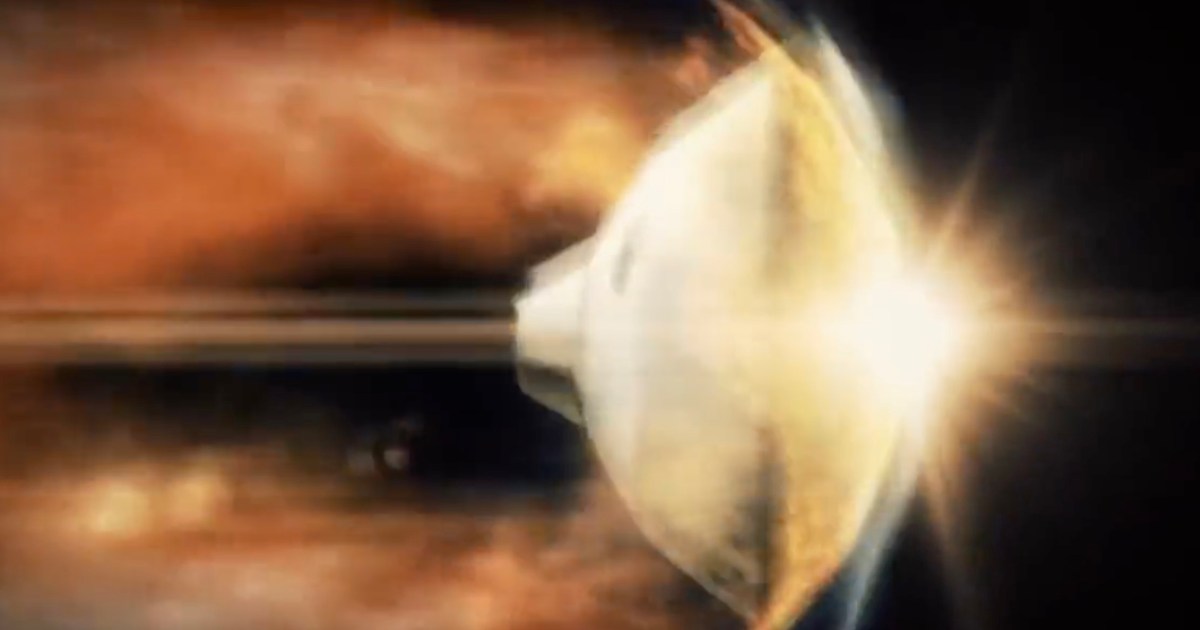
At 1:31 a.m. ET on August 6, 2012, NASA’s Curiosity rover made a spectacular landing on the surface of Mars.
In a video (below) to mark the 12th anniversary, NASA has shared a video in which members of the Curiosity team talk about how they achieved the remarkable feat, paying particular attention to the so-called “seven minutes of terror” during the final moments of descent.
What's that about sticking the landing? 🥇
12 years ago, my landing on the Red Planet required 76 pyrotechnic devices and had zero margin for error – and my team absolutely nailed it.
Do you remember the drama of those "7 Minutes of Terror"? pic.twitter.com/5iZd7PSQax
— Curiosity Rover (@MarsCuriosity) August 5, 2024
“Entry, descent, and landing (EDL) is referred to as the ‘seven minutes of terror’ because we’ve got literally seven minutes to get from the top of the atmosphere to the surface of Mars,” EDL engineer Tom Rivell explained in the video. “Going from 13,000 mph to zero, in perfect sequence, perfect choreography, perfect timing, and the computer has to do it all by itself, with no help from the ground. If any one thing doesn’t work just right, it’s game over.”
The video makes clear the incredible forces that acted against the spacecraft as it rapidly descended toward the surface of Mars more than a decade ago. It also highlighted the deployment of the spacecraft’s “supersonic parachute,” which had to withstand 65,000 pounds of force.
The next step crucial step involved the ejection of the heat shield so that measuring tools aboard the descent stage could scan the ground for the designated landing zone.
The parachute only slowed the descent stage to a speed of about 200 mph, so rocket boosters had to be fired up to slow it further.
The boosters took the descent stage closer to the ground, but they couldn’t be used for the landing as the dust kicked up by the boosters could settle on Curiosity and damage its various instruments. So engineers developed the astonishing “skycrane maneuver” where, at an altitude of just 20 meters, the descent stage used a tether to lower Curiosity to the surface. Once safely on the ground, the descent stage cut the tether and flew off to a landing spot well clear of Curiosity.
The landing inside the red planet’s Gale Crater was an impressive feat of engineering and paved the way for the landing of the Perseverance rover nine years later. Perseverance used a similar landing process that was captured in high-definition video. If you’ve never seen it, the footage really is worth checking out.
Twelves years on, Curiosity continues to operate on Mars, beaming back data for scientists keen to learn more about the distant planet to which NASA is hoping to send humans in the coming decades.
Services Marketplace – Listings, Bookings & Reviews
